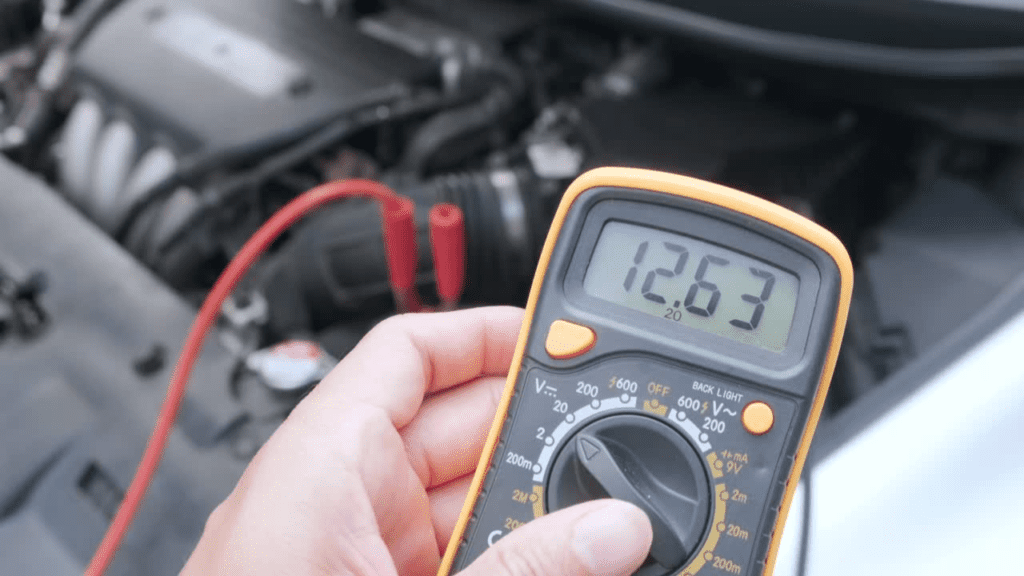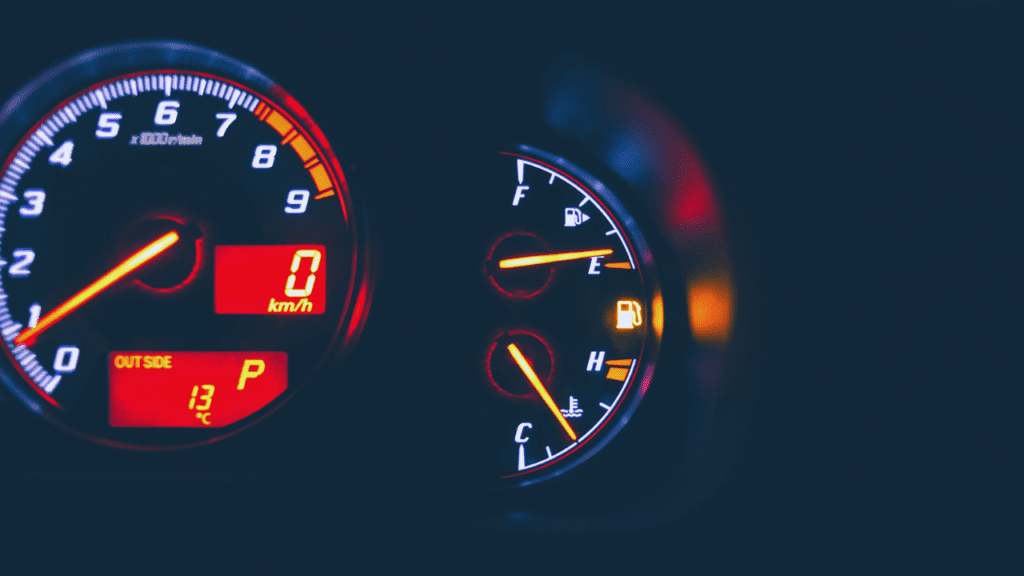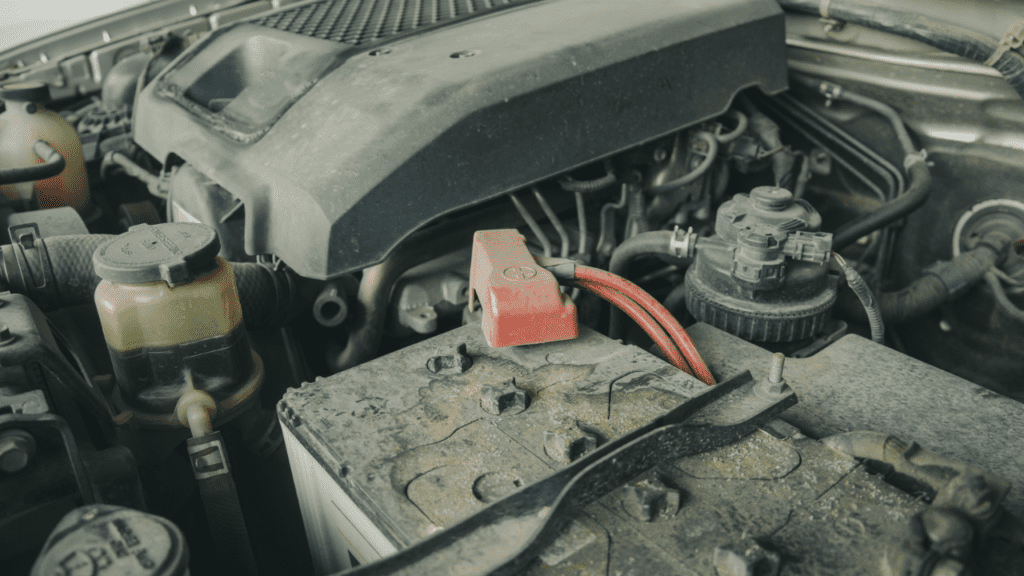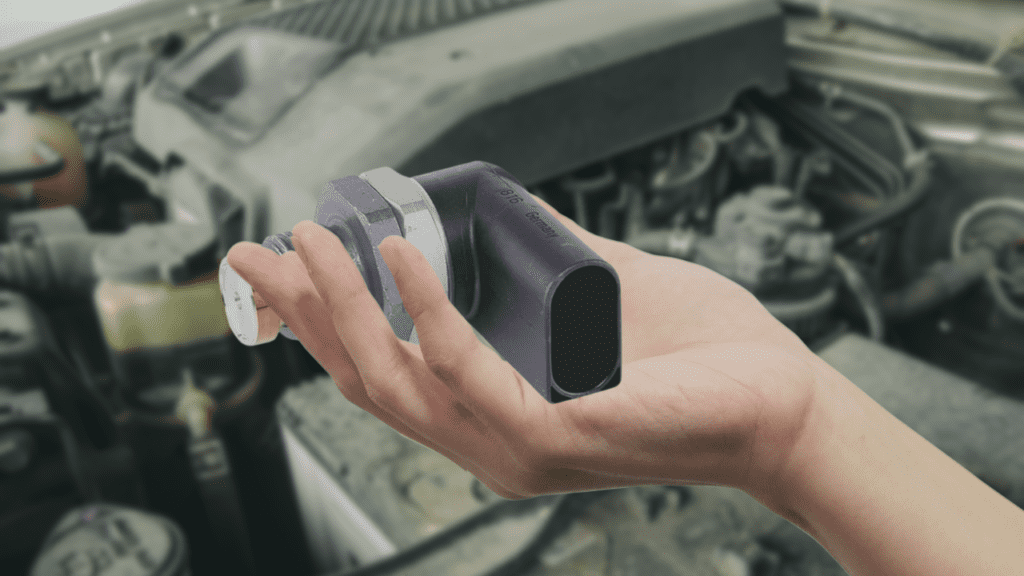How to Test Fuel Rail Pressure Sensor with Multimeter
A fuel rail pressure sensor is a compact, yet crucial component of an automobile. It measures the fuel system pressure, and aids in finding leaks, especially those brought on by evaporation.
A malfunctioning fuel pressure sensor can lead to various issues, including a disruption in the air-to-fuel ratio and performance problems for your car.
This guide will help you learn how to test fuel rail pressure sensor with multimeter in just a few easy steps.
Let’s get right in.

Bad Fuel Rail Pressure Sensor Symptoms
The engine control unit won’t function properly if there is a fault with the fuel rail pressure sensor. However, you can check a few symptoms to see if your rail pressure is working properly or faulty.
These Bad Fuel Rail Pressure Sensor symptoms include:
- The “Check Engine” warning light
The “Check Engine” warning light turns on anytime the engine control unit notices a problem with the car. At first, you probably won’t realize the problem is with the fuel rail pressure sensor, but a diagnostic scan tool can help identify the problem.

- Issues and trouble starting the engine
If the fuel rail system is defective, you will also experience issues and trouble starting the engine. At first, it may take a few attempts to crank the engine.
However, it will require more and more effort to start as the issue worsens. The engine will eventually cease to start at all.

- Engine stalling and poor acceleration
As the fuel rail pressure sensor worsens, engine stalling and poor acceleration, or the car not accelerating as it should, are also symptoms.
The car acceleration is affected due to receiving erroneous data from the sensor, due to which the engine control unit cannot transfer the signal to the fuel system appropriately.
- Poor fuel mileage
Another symptom is that your fuel economy and mileage will be significantly reduced if your fuel pressure sensor isn’t functioning properly as it should.

How Does a Fuel Rail Pressure Sensor Function?
The working of a fuel pressure sensor is rather simple to understand. First, it considers fuel rails in the context of overall fuel flow. Additionally, it constantly monitors the fuel pressure in the fuel rails.
The engine control units are then connected to the pressure sensors. It then signals the fuel rail of how much fuel needs to be sent through the fuel injectors.
A fuel pressure sensor afterward provides information about the fuel rail to the engine control unit. This will enable the fuel injections to alter the fuel flow that they want to inject regularly.
Fuel pressure sensors are essential components of the engine that must always be in good working order because most automobiles are designed to be as environmentally friendly as possible.
Only when the pressure sensors are functioning properly can the car adjust the fuel in the vehicle.
Required Tools
The following are the tools that come in use to test a fuel rail pressure sensor with a multimeter:
- Digital Multimeter
- Ratchet
- Specifications/Policy Manual
- Insulated rubber gloves for safety
How To Test Fuel Rail Pressure Sensor With A Multimeter?
Take out the fuel rail pressure sensor from your car. Start the engine of your car and get your multimeter. Attach the probes to the wires of the sensor. Check the meter’s readings. The sensor has a problem if the values are different and do not fall within the range that your vehicle is designed to operate within.
Here are the important steps in detail:
- Find the Fuel Rail Pressure Sensor
Firstly, you must find your car’s fuel rail pressure sensor. Pressure sensors can be found in gasoline and diesel-powered engines. It is located close to the center of the fuel rail. You can also see the module attached to the ECU (engine control unit).

- Remove the Sensor
After finding the sensor, you must carefully remove it from your car. If you’re not sure about how to proceed, consult the instructions provided in your car’s policy manual. It will allow you to understand the process better.
- Inspect the Sensor Visually
Inspect for any wear and tear, rust, grit, or grease on the sensor. Ensure that no connections are loose. Clean the fuel pressure sensor with a wire brush if there is any corrosion.

- Connect the Multimeter to the Sensor
Start the car after disconnecting the pressure. Grab the multimeter and set the voltage parameter on it. Next, connect the black lead to the pressure sensor’s negative wire and the red lead to its positive wire.
- Evaluate the Voltage Results
Next, check the multimeter’s display for results. Finally, by checking the specifications manual, compare the device’s voltage results to the required levels.
The sensor is malfunctioning if the value differs from the specs. Abnormal values suggest that the sensor is being prevented from applying the correct pressure to the entire system. In this situation, the pressure sensor may need to be repaired or replaced.
If the voltage result is as specified, open the hood of the car and inspect the wiring by disconnecting and reconnecting each wire. To diagnose wiring, make sure to use a test box.
Can You Drive With a Faulty Fuel Rail Pressure Sensor?
The worst part of operating a car with a faulty fuel rail pressure sensor is that you might not even be aware of a problem.
The good news is that you are not endangering your life by continuing to operate that vehicle. The worst-case situation is that you will require more tank refills than before. More tank refills can turn to be costly for you.
However, as the issue worsens, you’ll notice a difference in performance. While driving, it will be much more challenging to try and start and maintain the car.
The biggest problem will arise when the pressure sensor gets closer to entirely failing on you. After that, the car won’t be able to run for more than 5 to 10 seconds at a time.
When it gets to that point, the car shouldn’t be driven any farther. You risk harming yourself (and many others) behind the wheel in addition to spending a lot of money driving and maintaining a car with a faulty fuel pressure sensor.
At that point, it is important to remove the car from the road right away. Consequently, the impacts of a malfunctioning fuel pressure sensor are cumulative. So even if you aren’t going through any unpleasant situations, you might in the future.
When Should a Fuel Rail Pressure Sensor Be Replaced
According to yourmechanics, your car’s fuel rail pressure sensor shouldn’t ever need to be replaced. These components are typically designed to last the entire life of the vehicle. But just like every other car component, the fuel rail pressure sensor can eventually stop working.
Unfortunately, they frequently malfunction without notice, requiring you to replace the entire component.
The good news is that the damage’s symptoms appear in advance while these parts go bad abruptly. Hence, it’s important to be aware of and understand these symptoms to spot damage before it gets worse and have your car inspected.
Conclusion
One of the vehicle’s more hidden yet crucial components is the fuel rail pressure sensor, linked with several other engine components that function together to guarantee your car’s smooth operation.
So, test the sensor with a multimeter as soon as you notice any indications of a bad sensor in your car.
Keep in mind to take necessary safety precautions and remember to start the engine when testing the pressure sensor.
FAQs
How many volts should the fuel rail pressure sensor have?
Generally, a fuel rail pressure sensor should have voltages ranging from 0.5 to 5 volts. There are three pins on the electrical connector: output voltage (UV), supply voltage (AU), and ground.
What happens if I unplug fuel rail pressure sensor?
If you unplug your car’s fuel rail pressure sensor, your engine will malfunction, and its ability to supply your vehicle with the required amount of fuel will drastically decrease.

Author
Alex Klein is an electrical engineer with more than 15 years of expertise. He is the host of the Electro University YouTube channel, which has thousands of subscribers.
